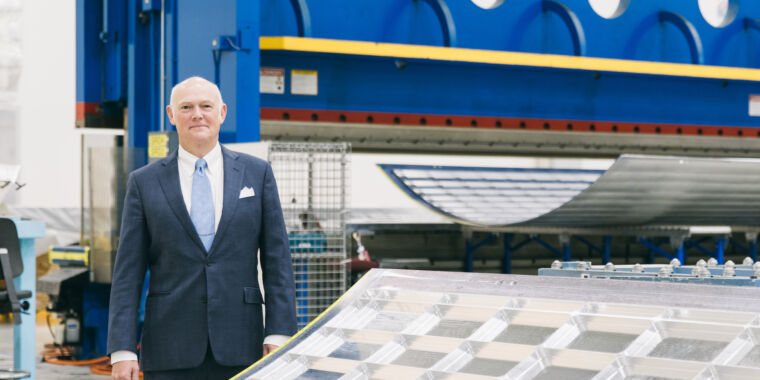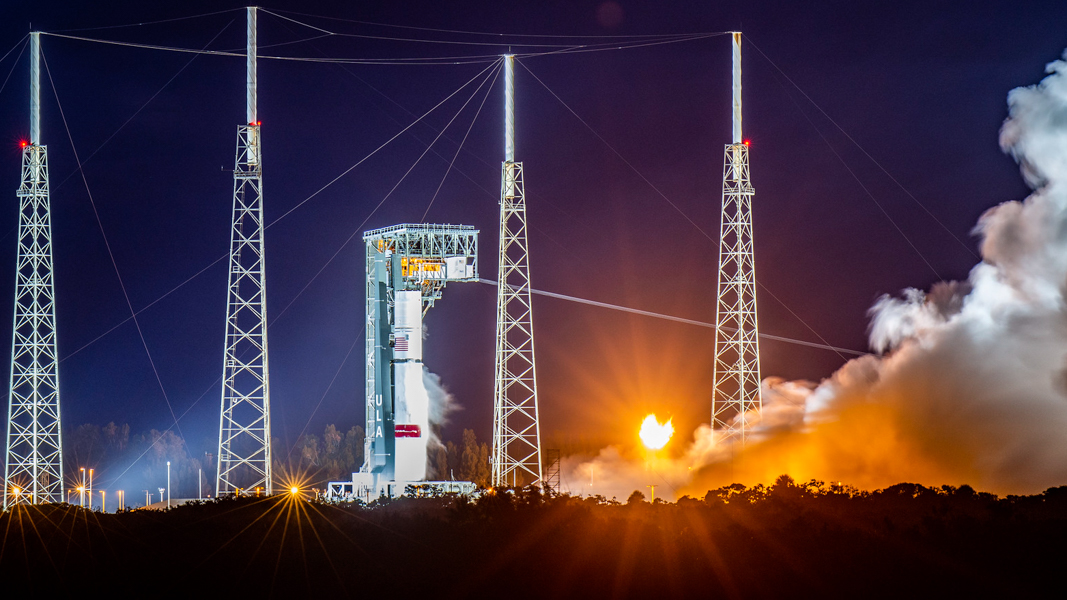We hopefully don't get into the weeds too much but launch costs for a reused Falcon 9 is a lot lower than $67 million. Basically it's partial build cost, range, fuel, a second stage. It's their rocket and their satellites. So you can remove any profit. It's just cost. I'd figure a reused booster costs them $3 million, second stage is $10 million, reused fairings are 600,000, fuel is $300,000, and let's say range costs are $1 million. I really don't have a clue what a Starlink V2 mini satellite would cost but I'll go with $250,000 each. So I'll say an average stack is another $5 million.
So I don't think I'm way off to say it's a little more than $1 million per satellite in orbit.
Starlink V2 minis are 1800 lbs.
SpaceX is making $75 million a month and $900 million a year. That is with 1.5 million users at $50 a month.
Just like everything Tesla and SpaceX, I can't imagine that anything competitors do will come close to pricing.
So I don't think I'm way off to say it's a little more than $1 million per satellite in orbit.
Starlink V2 minis are 1800 lbs.
SpaceX is making $75 million a month and $900 million a year. That is with 1.5 million users at $50 a month.
Just like everything Tesla and SpaceX, I can't imagine that anything competitors do will come close to pricing.





